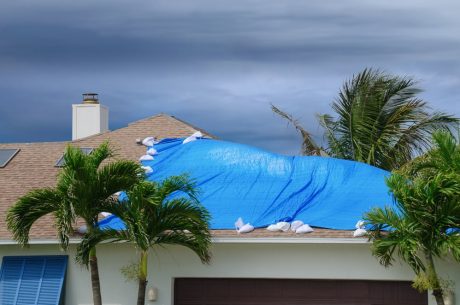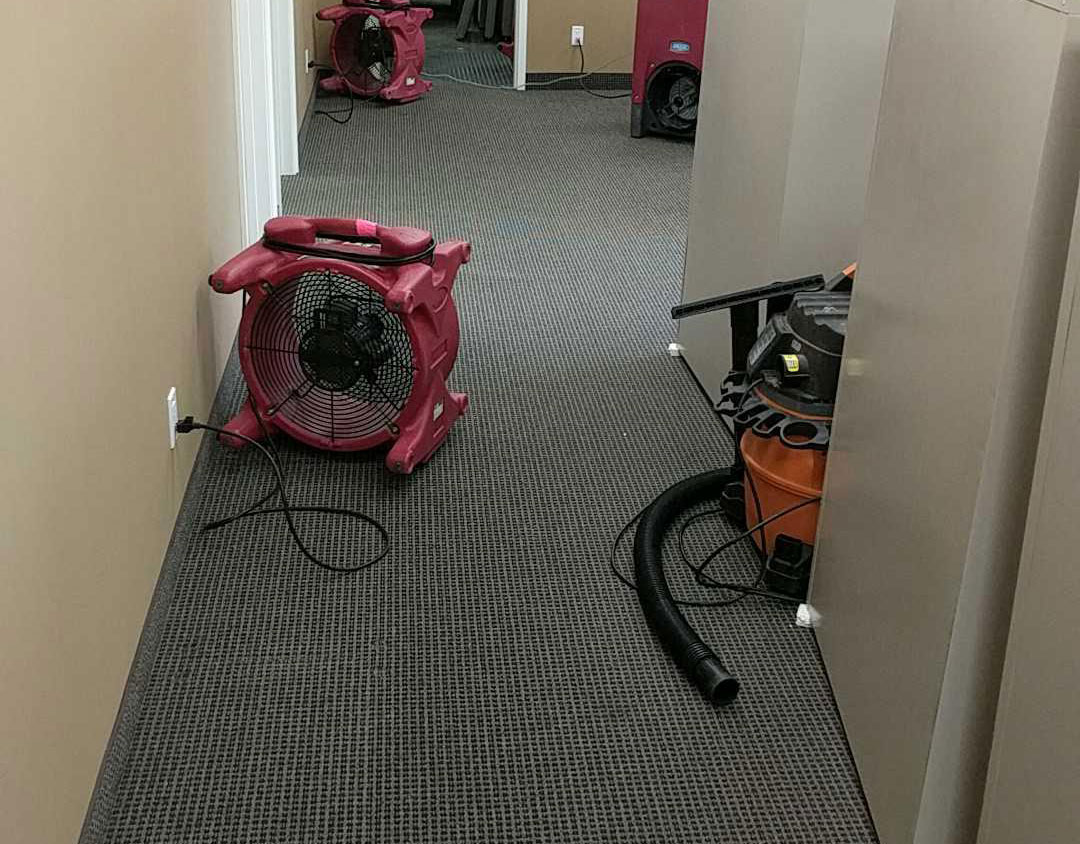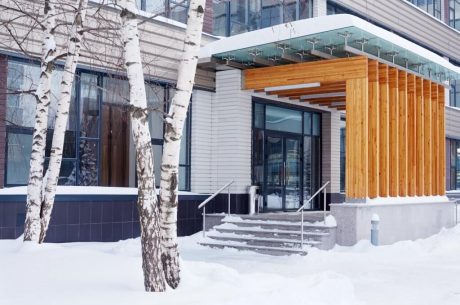Table of Contents
Ways and Tools to Drain Water Pipes
As the temperatures drop, one of the biggest concerns for homeowners is the risk of frozen water pipes. When pipes freeze, they can crack or burst, leading to costly repairs and potential water damage. Fortunately, a proactive step you can take to avoid this disaster is draining your water pipes before the freeze sets in. Whether you’re preparing for a long winter trip or just want to safeguard your home, draining your pipes is a simple yet effective way to prevent freezing.
In this guide, we’ll walk you through the steps to protect your plumbing system during the cold season.
Tools needed to Drain Water Pipes
Draining your water pipes is a relatively simple task, but having the right tools on hand makes the process smoother and more efficient.
Here’s a list of essential tools you’ll need:
1. Adjustable Wrench
To disconnect plumbing fixtures or shut-off valves if needed.
2. Flathead or Phillips Screwdriver
Helpful for loosening hose clamps or accessing drainage points.
3. Bucket or Large Containers
To catch and collect water as it drains from the pipes.
4. Towels or Rags
For cleaning up any spilled water.
5. Wet/Dry Vacuum
Optional, but useful for removing excess water from low points in the pipes.
6. Air Compressor (optional)
Used to blow out remaining water from the pipes, especially for irrigation systems.
7. Hose (if applicable)
For draining outdoor faucets or water heaters, allowing water to flow safely away from the house.
How to Drain Water Pipes to Prevent Freezing: Step-by-Step Guide
Now that you have the necessary tools, let’s walk through the process of draining your water pipes. Follow these steps to ensure your plumbing system is safely prepared for freezing temperatures:
1. Shut Off the Main Water Supply
Locate your main water shut-off valve (usually found in the basement, crawlspace, or near the water meter).
Turn the valve clockwise to stop the flow of water into your home.
2. Turn Off Water Heater and Drain It
Turn off your water heater to avoid damage. For gas heaters, set the control to “pilot” mode, and for electric heaters, turn off the power at the circuit breaker.
Attach a hose to the drain valve at the bottom of the water heater, and place the other end in a drain or bucket. Open the valve to let the water drain out.
3. Open All Faucets and Fixtures
Starting with the highest faucets in your home, open both hot and cold taps. This will allow air into the system, forcing water out of the lower faucets.
Continue opening all faucets, including outdoor hose bibs, showers, and bathtubs.
4. Flush Toilets
Flush each toilet to drain the water from the tank and bowl. You may need to hold the handle down longer than usual to empty as much water as possible.
5. Drain Appliances
Disconnect hoses from washing machines and dishwashers, and allow them to drain any remaining water.
Check any other appliances connected to water, such as ice makers or water filters, and follow the manufacturer’s instructions to drain them properly.
How Long Does it Take to Drain the Pipes
Draining your water pipes typically takes about 30 minutes to 1 hour for small homes or apartments, while medium to large homes may require 1 to 2 hours due to more fixtures and appliances. If you have an irrigation system or outdoor faucets to drain, the process could take up to 3 hours. First-timers may take longer, but with practice, the process becomes quicker.
Need Burst Pipe Cleanup Service in New Jersey? – Quickly Call (877) 750-7876
Contact PuroClean Emergency Recovery Services in New Jersey: Our experienced and reputable team can assess the damage, create a dry-out and cleanup plan, and commence restoration promptly.
Conclusion
Draining your water pipes is a simple yet essential step in protecting your home from the costly damage of frozen pipes. By following the steps outlined and using the right tools, you can ensure your plumbing is safeguarded from freezing temperatures. Whether you’re leaving for an extended trip or preparing for a particularly cold winter, taking the time to drain your pipes will provide peace of mind and help avoid expensive repairs down the road. Stay proactive, and your home will remain safe, warm, and dry all winter long!




 PuroClean Emergency Fire, Water and Mold Damage Restoration New Jersey
PuroClean Emergency Fire, Water and Mold Damage Restoration New Jersey